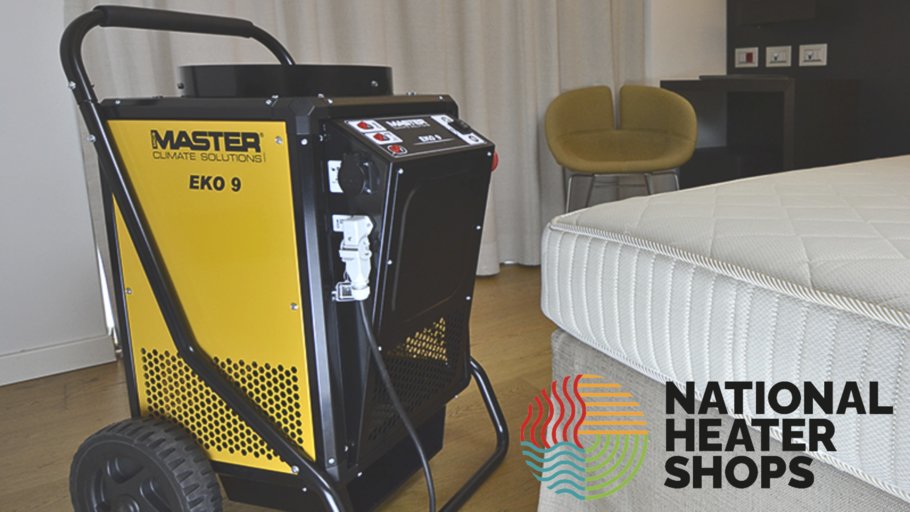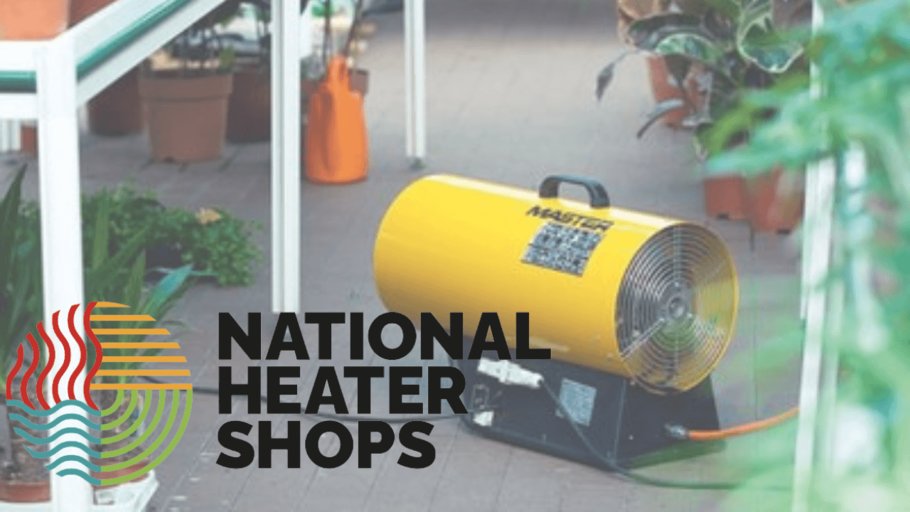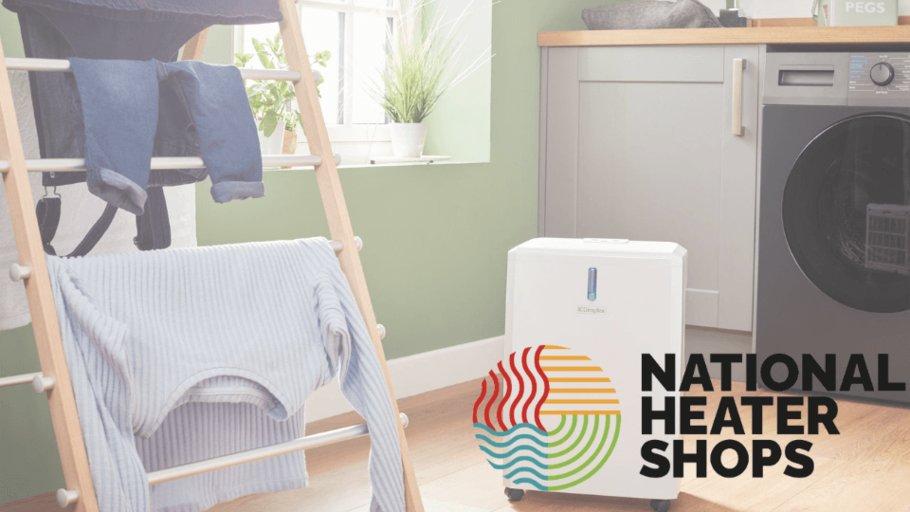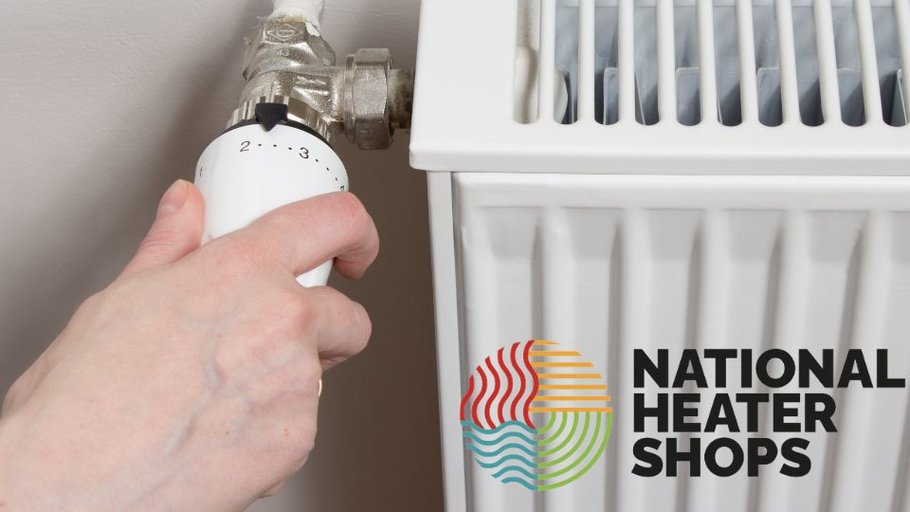The Power Of Heat Treatment
From excessive cleaning, poisons and chemicals to uprooting and moving, there are various ways of dealing with bed bugs. And yet, none of these options are particularly promising.
Firstly, as bed bugs are infamously skilled at hopping a ride on our clothes, furniture and belongings, relocating will only transfer the infestation to a new environment.
Secondly, chemical treatments contain many toxins that are harmful to all living things, including the people using them. In fact, due to the significant levels of toxicity in chemical treatments, they are prohibited in food production industries. Plus, many insects have developed resistance to most pesticides used to kill them.
Heat treatment is widely acknowledged as the best method of solving any critter crisis. This one-time heating solution will exterminate bed bugs at every stage in their life cycle – from eggs to adults. The process typically entails various heating equipment, including heaters, fans and thermostats to measure temperatures.
Air flow delivered from specialist pest control heaters kills every bug within a few hours, with the majority of eliminations occurring in the first hour due to dehydration. With no toxins produced or remaining following the procedure, the affected area is accessible immediately after heat treatment, offering a quick and convenient solution for eliminating bed bugs.
Can Bed Bugs Infest My Electronics?
Bed bugs prefer to burrow and hide in any crack or crevice and electronics are no exception. Though the feeling certainly isn’t mutual, bed bugs love humans: our blood, the carbon dioxide we produce, the warmth inside our living spaces and our belongings. Our electrical devices such as phones and laptops naturally radiate heat and are often found in bedrooms and living rooms, creating an ideal hotspot for those pesky parasites.
Bed bugs especially like to nest where they will remain undisturbed. They are likely to infest appliances that are rarely moved, from computers, consoles, refrigerators and televisions to the network of wires and cables attached.
Bed bugs harbouring inside electronics can cause a host of electrical issues and damage, requiring costly repairs or even leading to entire replacements. So, to achieve complete eradication, it is recommended that electronics remain in the affected room for heat treatment, along with all other items and furniture.
Will Heat Treatment Damage My Electronics?
As heat treatment is powerful enough to destroy whole colonies of bugs, it is natural to be concerned about its effect on electronic devices. The good news: heating isn’t considered harmful to electrical devices. However, it is always worthwhile to take precautionary measures to prevent possible damage. Here are some steps you can follow to ensure that your electrical equipment is protected during heat treatment:
Turn Off & Unplug
Heat treatment procedures usually involve increasing the room temperature to 50-52°C. This is substantially higher than the safe operating temperature range of standard UK electronics. Turning off and unplugging all electronics before the process begins will ensure systems and software are protected.
Remove All Batteries
Remove all batteries from all devices and store safely away from the treatment area. If this is not possible, open any battery compartments, allowing airflow to circulate to prevent overheating.
Back Up Data
It is better to be safe than sorry: back up any important data on your devices before the treatment begins.
Monitor Temperature Closely
Remember, high temperatures of around 50°C is lethal to bed bugs and sufficient for a complete extermination. A thermostat is essential equipment for monitoring and managing safe heat treatment, ensuring that the temperature does not exceed the maximum level.
Cover With Insulating Materials
For sensitive electronics, we recommend covering with insulating materials such as a thermal blanket. Do not choose materials with low melting points, such as plastic or wax, as they will provide insufficient insulation and start to melt at higher temperatures.
Consult A Professional
If you have any concerns regarding the heat treatment process, or require further information on protecting your electronics, please consult an electrician or pest control professional.





